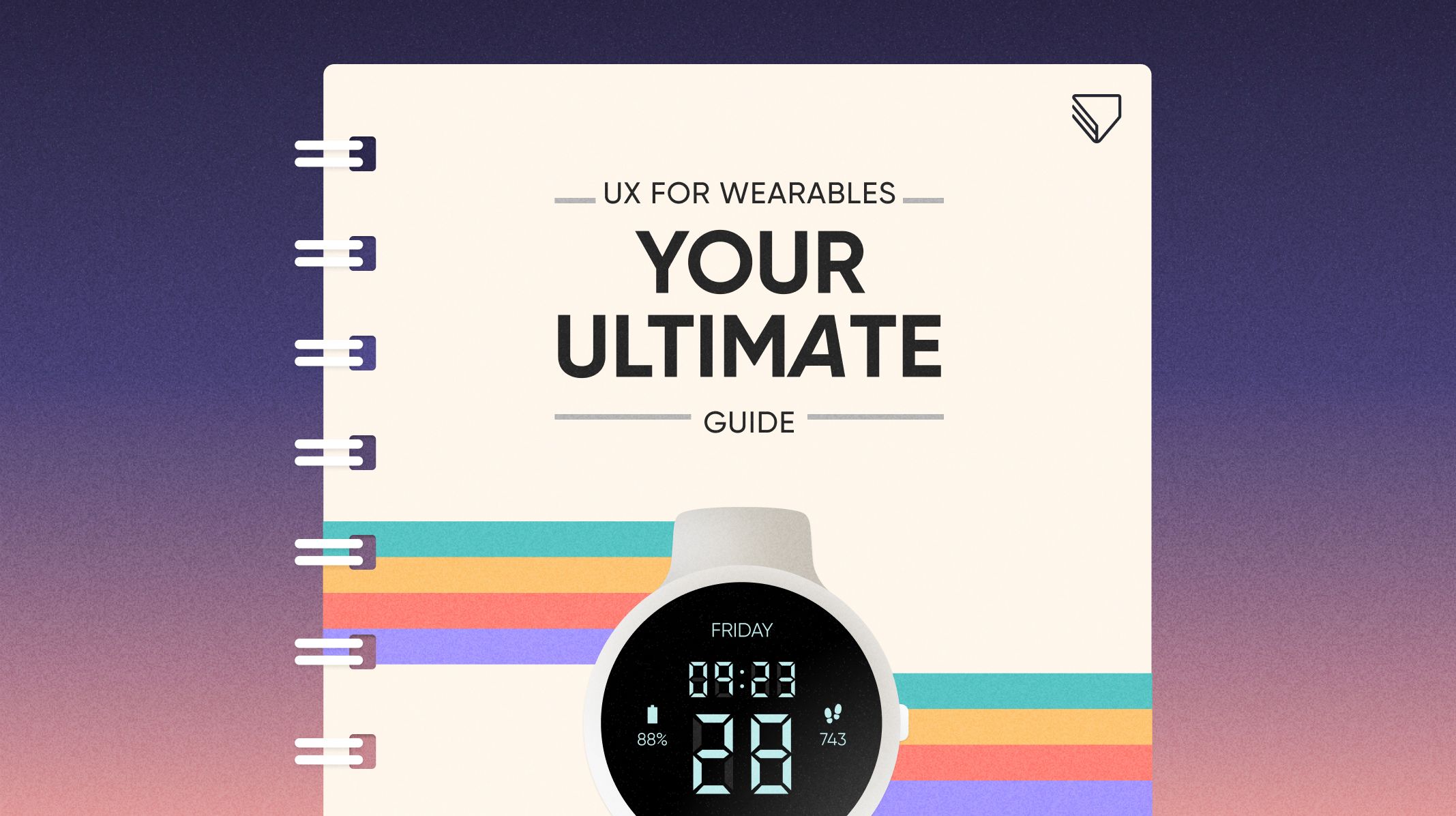Introduction
Wearable devices have come a long way from their humble beginnings as basic fitness trackers. Today, they encompass a wide range of products, from smartwatches that can answer calls to augmented reality glasses that overlay digital information on the real world. With their ever-expanding capabilities, wearable devices are becoming an integral part of our daily lives, blurring the line between the digital and physical realms. However, as the technology evolves, so do the challenges for UX designers tasked with creating seamless, intuitive, and enjoyable user experiences.
In this blog post, we’ll explore the unique considerations and design principles that UX designers should keep in mind when crafting experiences for wearable devices. Whether you’re designing a new smartwatch interface or working on an augmented reality headset, these principles will help you create user-centered designs that make the most of the wearable technology.
Understanding the User Context
One of the fundamental aspects of UX design for wearables is understanding the user’s context. Unlike traditional devices such as smartphones or laptops, wearables are intimately tied to the user’s physical activities and surroundings. Designers must consider how users will interact with the device while on the move, in various environments, and under different conditions.
Design Tip 1: Contextual Awareness
Sensors: Leverage the sensors built into wearables to gather data about the user’s surroundings. This data can be used to adapt the user interface dynamically, offering relevant information and features based on the context.
Voice and Gesture Control: Implement voice and gesture controls to reduce the need for physical interaction, especially in situations where touch input may be inconvenient or impractical.
Prioritizing Information and Notifications
Wearable devices often have limited screen real estate compared to smartphones and tablets. This constraint forces designers to prioritize the information and notifications presented to users. To create a successful wearable UX, it’s crucial to strike a balance between providing valuable information and avoiding overwhelming the user.
Design Tip 2: Information Hierarchy
Card-Based Interfaces: Organize information into cards or modules that can be easily swiped or scrolled through. This approach allows users to access essential information without feeling overwhelmed.
Customizable Alerts: Enable users to customize notifications to suit their preferences. This empowers individuals to filter out less critical information and only receive what matters most to them.
Seamless Integration with Ecosystems
Wearable devices are rarely used in isolation. They are often part of a broader ecosystem that includes smartphones, tablets, and even smart home devices. UX designers should ensure that the wearable seamlessly integrates with these other devices and services.
Design Tip 3: Ecosystem Compatibility
Cross-Device Synchronization: Implement features that allow data and settings to synchronize across multiple devices. For example, if a user reads a notification on their smartwatch, it should also be marked as read on their smartphone.
Voice Assistants: Integrate with popular voice assistants like Siri or Google Assistant, enabling users to control and access information on their wearable through voice commands.
Accessibility and Inclusivity
Just like any other digital product, wearables should be designed with accessibility and inclusivity in mind. Consider that users with disabilities may rely on these devices to an even greater extent for daily tasks.
Design Tip 4: Accessibility Features
Voiceover and Screen Readers: Ensure that your wearable device supports screen reading software and provides spoken feedback for users with visual impairments.
Text-to-Speech: Incorporate text-to-speech functionality to allow users to listen to text-based content, such as messages or news updates.
Conclusion
The field of UX design for wearable devices is evolving rapidly as technology continues to advance. Designers must adapt to the unique challenges and opportunities presented by wearables to create user-centered experiences. By understanding the user’s context, prioritizing information, seamlessly integrating with ecosystems, and prioritizing accessibility, designers can create compelling and inclusive experiences that harness the full potential of wearable technology.
As we move forward, the lines between the digital and physical worlds will continue to blur, and wearables will play an increasingly prominent role in our lives. By following these UX design principles, designers can ensure that users have enjoyable and seamless interactions with their wearable devices, making these gadgets not just technologically advanced but also truly user-friendly.



